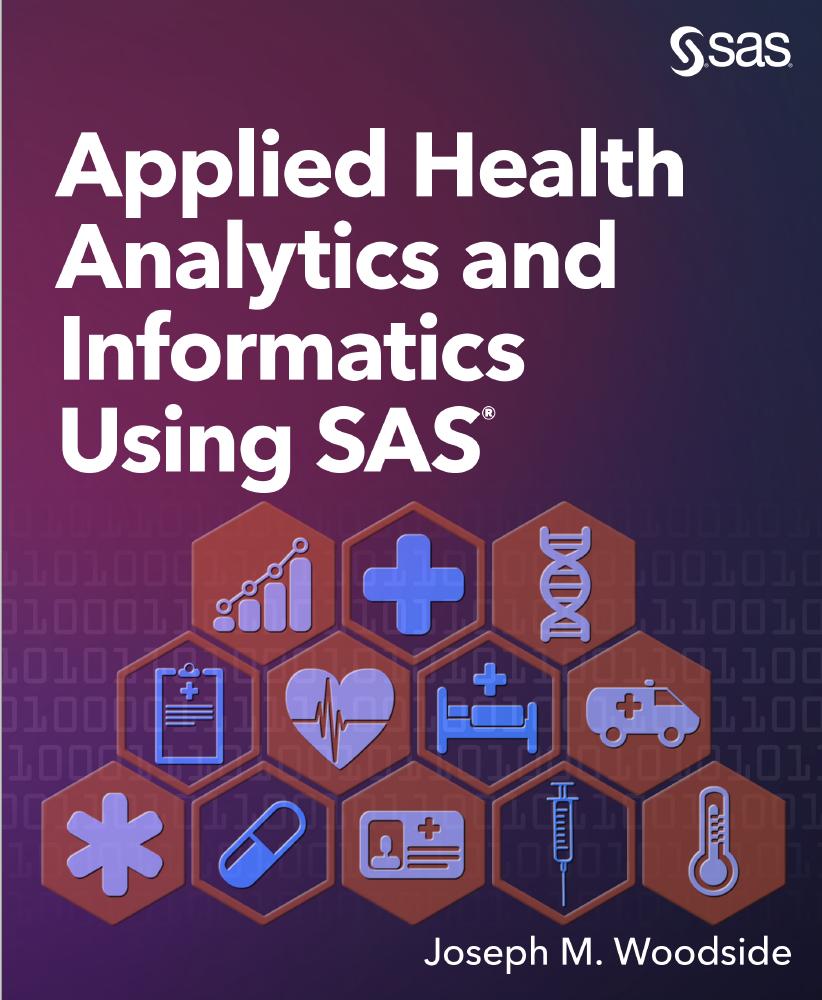 Health anamatics, a combination of analytics and informatics, is needed to address increasing information and advanced technology capabilities in healthcare. In a PricewaterhouseCoopers (PwC) survey, 75% of organizations lacked the technology and skills to use data for a competitive advantage. Of the 1,650 organizations, only 4% were categorized as data elite, meaning the organizations had strong data leadership and a culture of evidence-based decision making, employed skilled analysts, and implemented advanced analytics tools.
Health anamatics, a combination of analytics and informatics, is needed to address increasing information and advanced technology capabilities in healthcare. In a PricewaterhouseCoopers (PwC) survey, 75% of organizations lacked the technology and skills to use data for a competitive advantage. Of the 1,650 organizations, only 4% were categorized as data elite, meaning the organizations had strong data leadership and a culture of evidence-based decision making, employed skilled analysts, and implemented advanced analytics tools.
Health Analytics and Big Data
Health analytics seeks to undercover hidden patterns and information in big data stored from health informatics, with methods of analytics including descriptive, diagnostic, predictive, prescriptive and cognitive. The current volume of healthcare data is estimated at 150 exabytes and soon growing to zettabytes and yottabytes. Benefits of big data include reducing cost to analyze and utilize evidence-based practices. Given that big data in healthcare generates one-third of the world’s data and is estimated at $300 Billion over the next decade, many new companies and recent IPOs are in healthcare and analytics related areas. Today, healthcare organizations are becoming increasingly computerized, thereby capturing increasing amounts of data in various places. In other industries, information systems use increase can be tied to improved quality and competitive advantage. Extracting, formatting, analyzing, and presenting this data can improve quality, safety, and efficiency of delivery within a healthcare system. Big data analytics has been used in radiology to address the complex, poorly integrated, and functionally limited legacy systems as practices transitioned from analog to digital. Big data analytics allows the decision maker to develop trends and interactively perform drill downs to answer further questions as they become apparent. Procedural and performance metrics can be tracked to improve patient care and reduce costs. Examples include resource utilization by scanner, time variances between scheduled and actual time, evidence-based outcomes, billing tracking, and quality outcomes measurements such as length of stay and charge costs.
Big data management solutions will benefit healthcare providers, payers, research, and government organizations. The solutions will also decrease variability and reduce costs and improve quality by providers, while still delivering personalized care. Healthcare organizations can monitor metrics such as service line, physician, payer, and patient category to decrease costs per case, increase revenue, and increase utilization of facilities and staff. The capabilities include executive dashboards, drill-down, reporting, and analysis. Physicians can utilize predictive analytics for care treatment decisions and real-time decision making and incorporate both structured and unstructured sources to bring additional evidence. For patients, Big Data can help personalize care for patients based on genomic and test data, increase consistency of costs and treatment, and improve quality. A patient’s social media data can be analyzed to improve lifestyle, care, and costs. In addition, historical trends can be reviewed and future trends predicted with greater confidence. Patients can be measured against larger comparison groups, patient outcomes predicted, and best pathways of care established. For providers, big data allows the ability to review unstructured and structured data and identify care patters, and identify risk factors and lead to improved outcomes, through education, research, and care. For payers, can be utilized to improve patient wellness, compliance, fraud detection, incentive programs, and controlling costs. Researchers can integrate large disparate sets of information automatically to develop findings from previously siloed information, improving pattern.
Big data can be collected from both structured and unstructured data sources. Each set of source systems should be identified, measured, and documented through data types, size, growth, and value. According to a SAS survey only 14% of respondents were likely to use big data sources, and according to McKinsey organizations use only 12% of the data available to them. When utilizing big data, a separate set of tools and methods may be utilized. A data mining method designed specifically for gig data is BEMO (Business Opportunity, Exploration, Modeling, and Operationalization) and is a standard parsimonious process developed for conducting data mining projects in a reusable and repeatable fashion in a big data environment. The BEMO model is technology and industry agnostic and makes use of new high-performance data mining technologies such as SAS High-Performance Data Mining (HPDM).
High-Performance Data Mining (HPDM)
High-Performance Data Mining (HPDM) capabilities have been developed in SAS in part due to the rise of big data, and the ability to leverage technology such as parallel processing and distributed processing. The technology allows computationally intensive operations be split across computer processors or a set of computers to improve overall speed of analysis. The distributed capability is valuable for computationally intensive research, and can be utilized for more timely decision making at the point of care by providers.
For examples of applied experimental learning on SAS HPDM in healthcare, check out my book Applied Health Analytics and Informatics Using SAS.
